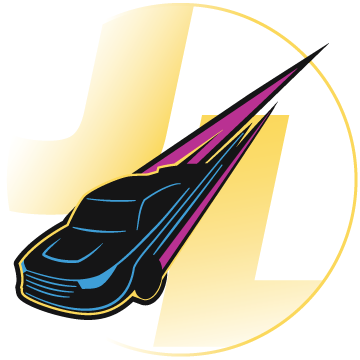The pit crew is one of the most important aspects of a race team, and the evolution of the pit crew has been one of the most interesting to watch through the years of NASCAR. How does it all work? We dive into that today.
Also Read:
The NASCAR pit crew has evolved a lot over time. Originally, it was just mechanics hopping over the wall to change tires and add fuel as quickly as they could, but, no one on the pit crew specialized in pitting the car. Nowadays, pit crews are entirely composed of specialists whose full-time job is to pit the race car on pit stops.
These pit crew members are genuine athletes, with many pit crew members playing a sport at high levels like NCAA Division I. As a result, the pit crew roster functions similarly to a regular sports team. Each member has their individual, specialized position: tire changer, tire carrier, gasman, and jackman.
Individual organizations like Hendrick Motorsports train the pit crews. Therefore, “Chase Elliott’s” pit crew functions more as a “Hendrick Motorsports” crew. Big race teams like Hendrick train multiple pit crews with individuals that can be plugged in at any time.
Much like a regular sports team, the roster and lineup ebbs and flows throughout the year as a result. Whether that is within the organization itself or between organizations
Large organizations with multiple pit crews have a lot of flexibility in how they can move crews around. If a certain pit crew or crew member is struggling, some team owners elect to make changes, similar to calling up or sending down in a sport like baseball.
We saw this in action in this season with Kyle Busch. Richard Childress Racing made numerous changes to Kyle Busch’s pit crew early in the season. This was all about maximizing the performance of a pit crew.
Another race team notorious for making pit crew changes is Joe Gibbs Racing. JGR keeps tabs on how their pit crews perform throughout the year, and, once the Playoffs come around, they will make changes if they feel they need to.
For example, in 2023, Christopher Bell and Ty Gibbs’ pit crews were swapped before the Playoffs since Bell was in the Playoffs and Gibbs was not. Despite some rocky moments early in the Playoffs, Bell did ultimately make the Championship 4.
JGR did the same thing with Kyle Busch and Daniel Suarez for the 2017 Playoffs. Busch won 3 races that Postseason, and he went on to make the Championship 4. Regardless of how controversial it may be, it produces results.
Much like a sports team, performing well locks in a crew member’s spot. Performing poorly means that someone can come and take their place. However, this doesn’t only happen within individual organizations.
Many newer and/or smaller teams may have a hard time affording to train their own, personal pit crews right out of the gate. It costs money to pay all of these individuals, find a trainer, and even build a training area.
As a result, many start-up teams will take pit crews on loan from other organizations to fill the spot. The ultimate goal is to hire a personal pit crew eventually, but, this provides a short-term solution. It is often a part of technical alliances between race teams.
For example, 23XI Racing in its’ early years had its pit crews supplied by Joe Gibbs Racing.
This is especially true in lower series. Many larger organizations will loan pit crews to lower series teams for a weekend so that crew members can get reps. Many organizations with Xfinity or Truck Series programs use their Cup Series pit crews on those teams.
We have seen a large organization take a good-performing pit crew from a smaller organization. For example, in early 2023, RFK Racing took JTG Daugherty Racing’s pit crew, which was an RFK Racing-trained pit crew.
This is a double-edged sword for smaller teams. Typically, they’ll get the lesser-performing pit crew that a larger organization has, and the larger organization will take that pit crew back if it benefits them. Regardless, it’s a good stop-gap solution until teams can get their own pit crew.
23XI Racing, for example, has started training its own pit crews. While early results have been mixed, It’s preferable for a team to have total control over their own pit crew due to the example shown above.
Pit crews are sort of a team within the team, and they have just as much pressure on them as anyone else on a race team. Should they not perform, there is someone there to take their place.
